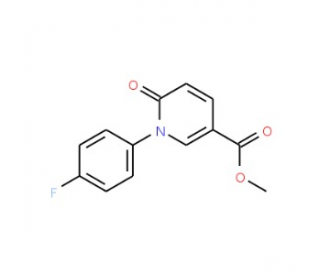详细说明
- Species ReactivityHuman
- SpecificityDetects human DEP-1/CD148 in Western blots.
- SourceMonoclonal Mouse IgG 1 Clone # 143-41
- PurificationProtein A or G purified from hybridoma culture supernatant
- ImmunogenPhytohemagglutinin-stimulated human peripheral blood mononuclear cells
- FormulationSupplied in a saline solution containing BSA and Sodium Azide.
- LabelFluorescein
- Recommended
ConcentrationSample
- Flow Cytometry10 µL/10 6 cellsSee below
| Flow Cytometry | Detection of DEP‑1/CD148 in Human Blood Lymphocytes by Flow Cytometry. Human peripheral blood lymphocytes were stained with Mouse Anti-Human DEP‑1/CD148 Fluorescein‑conjugated Monoclonal Antibody (Catalog # FAB1934F, filled histogram) or isotype control antibody (Catalog # , open histogram). View our protocol for . |
- ShippingThe product is shipped with polar packs. Upon receipt, store it immediately at the temperature recommended below.
- Stability & StorageProtect from light. Do not freeze.
- 12 months from date of receipt, 2 to 8 °C as supplied.
Density Enhanced Protein Tyrosine Phosphatase (DEP-1), also known as CD148, HPTP-eta, and PTP Receptor Type J (PTPRJ), is an enzyme that removes phosphate groups covalently attached to tyrosine residues in proteins. A large (220 kDa) glycoprotein found at the cell surface, DEP-1 levels are increased with high cell density (1). DEP-1 phosphatase activity is enhanced by basement membrane proteins (2), suggesting it is involved in regulating cell adhesion and contact interactions. High levels of expression dampen PDGF (3), VEGF (4), and T-cell receptor (5) responses. DEP-1 is widely expressed in tissues, particularly ones forming epithelioid monolayers (6). In the immune system, DEP-1 is found on all cell lineages and is highest on granulocytes (7). Dep-1 is the mutated gene in the Susceptibility to Colon Cancer locus Scc1, which is altered in many human colorectal adenomas (8). Gene knockout mice lacking DEP-1 die at midgestation due to failures in cardiovascular development (9). DEP-1 dephosphorylates a variety of proteins, including the HGF (10), PDGF (11), and VEGF (4) receptors, and beta-Catenin (12). The recombinant protein is the intracellular region of DEP-1 containing the catalytic domain.
- References:
- Ostman, A. et al. (1994) Proc. Natl. Acad. Sci. USA 91:9680.
- Sorby, M. et al. (2001) Oncogene 20:5219.
- Jandt, E. et al. (2003) Oncogene 22:4175.
- Lampugnani, M.G. et al. (2003) J. Cell Biol. 161:793.
- Baker, J.E. et al. (2001) Mol. Cell. Biol. 21:2393.
- Borges, L.G. et al. (1996) Circ. Res. 79:570.
- de la Fuente-Garcia, M.A. et al. (1998) Blood 91:2800.
- Ruivenkamp, C.A. et al. (2002) Nat. Genet. 31:295.
- Takahashi, T. et al. (2003) Mol. Cell. Biol. 23:1817.
- Palka, H.L. et al. (2003) J. Biol. Chem. 278:5728.
- Kovalenko, M. et al. (2000) J. Biol. Chem. 275:16219.
- Holsinger, L.J. et al. (2002) Oncogene 21:7067.
- Long Name:Density Enhanced Receptor Protein Tyrosine Phosphatase
- Entrez Gene IDs:5795 (Human); 19271 (Mouse); 29645 (Rat)
- Alternate Names:CD148 antigen; CD148; Density-enhanced phosphatase 1; DEP1; DEP-1; DEP1EC 3.1.3.48; HPTP eta; HPTPeta; HPTP-eta; human density enhanced phosphatase-1; protein tyrosine phosphatase, receptor type, J polypeptide; protein tyrosine phosphatase, receptor type, J; Protein-tyrosine phosphatase eta; Protein-tyrosine phosphatase receptor type J; PTPRJ; receptor-type tyrosine-protein phosphatase eta; R-PTP-ETA; R-PTP-J; SCC1; susceptibility to colon cancer 1, mouse, homolog of












